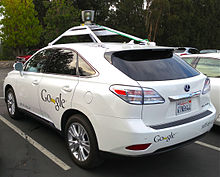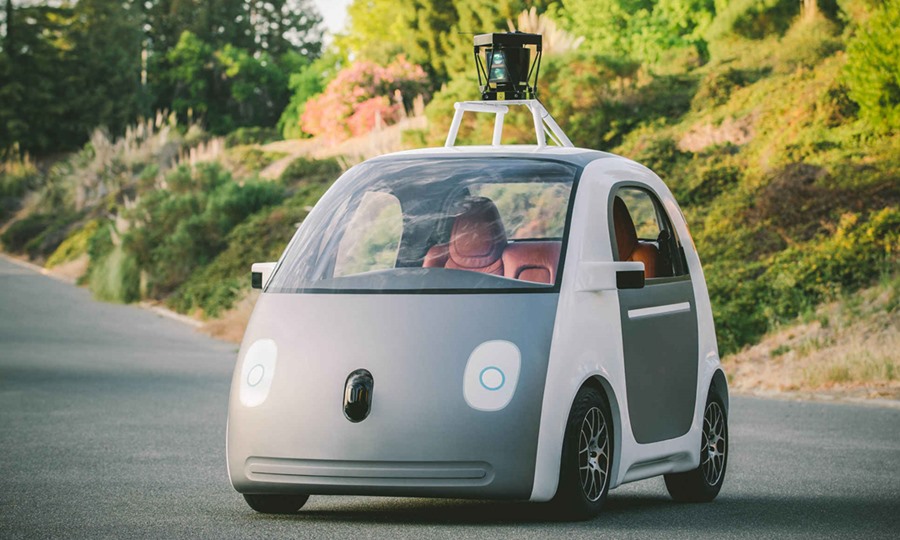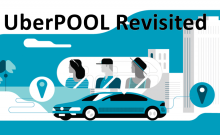Driver-less cars have been a hot topic recently as new investments and partnerships are being announced. Major automakers and tech companies, including Google, GM, Ford, Nissan, Tesla, and many more, have all entered the race to develop autonomous cars. Uber, being a major player in technology/transportation, is no exception. It believes that autonomous vehicles are the future of rideshare services.
Google has been tes ting self-driving cars in California for some time. If you lived in the San Francisco bay area, it’s hard to miss Lexus SUVs and Toyota Priuses marked with “Google Self-Driving Car.” Last year KGO7 News reported they’ve started testing a new fleet of custom built electric cars. Although these prototypes are still limited to the streets of Mountain View for the time being, it seems that self-driving cars will soon begin to share the road with us.
ting self-driving cars in California for some time. If you lived in the San Francisco bay area, it’s hard to miss Lexus SUVs and Toyota Priuses marked with “Google Self-Driving Car.” Last year KGO7 News reported they’ve started testing a new fleet of custom built electric cars. Although these prototypes are still limited to the streets of Mountain View for the time being, it seems that self-driving cars will soon begin to share the road with us.
Once the rideshare companies switch to driver-less cars, what will happen to the human rideshare drivers? As an Uber, should I be worried? Will I lose my income source?
Personally, I’m not worried.
Technological advances have proven self-driving cars to be more than a concept. But putting fully autonomous vehicles on the road is another story. New York Times has reported the driver of a Tesla Model S was killed when the car crashed into a tractor-trailer. The high-end electric vehicle was in self-driving mode. While the incident remains under investigation, it serves as a wake-up call to those who believe the technology will go to market soon.
In the meanwhile, federal and state governments will be the ultimate gatekeepers as they impose new rules and regulations to the industry. Policymakers must consider the potential benefits and risks associated with autonomous vehicles, and eventually lay out regulatory framework and guidelines. This process alone could take years.
Uber CEO Travis Kalanick conveyed a similar message at a recent TED conference. “The first part is it’s likely to take a lot longer than you think…than the hype or media might expect. Part two is that there will be a long transition. [Driverless] cars will work in some places and not in others,” Kalanick says.
Similar to the hybrids, there will a long co-existence period for autonomous vehicles and traditional automobiles. Hybrid cars were first mass produced by Toyota in 1997. Nearly two decades later, they make up only a small percentage of the cars on the road today. The same will apply to self-driving cars. Once they hit the market, the general public must be able to accept and afford them as the norm, and this can take 30 years if not longer.





